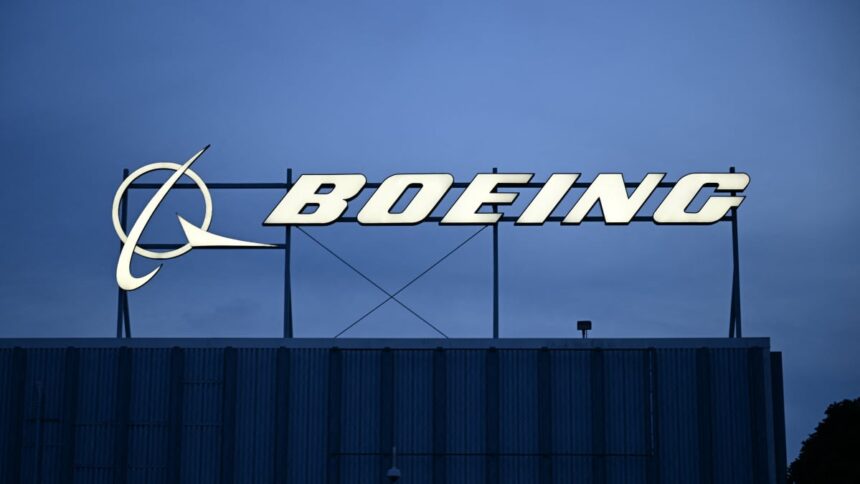“`html

This year has seen a relentless wave of layoffs, with Boeing recently announcing significant reductions to its workforce.
The aerospace giant plans to eliminate approximately 10% of its employees, translating to around 17,000 positions. This reduction will affect executives, middle management, and various staff members.
The announcement was communicated to staff by President and CEO Kelly Ortberg, who assumed his role just two months prior. In his message, he emphasized that the company must make “difficult choices” and implement ”structural adjustments” in order to remain competitive. Additionally, Ortberg revealed that the launch of the new 777X aircraft will be postponed until 2026 and that production of the 767 Freighter will cease after current orders are fulfilled.
As reported by the Associated Press, Boeing has incurred losses totaling $25 billion since early 2019.
Interestingly enough, these layoffs coincide with a strike involving approximately 33,000 union machinists which has halted production on some of Boeing’s most popular aircraft models. Despite this setback in their main operations, Boeing continues manufacturing Dreamliners at a non-union facility. The ongoing strike significantly impacts Boeing’s revenue since payments for aircraft are typically received upon delivery. The striking workers are advocating for wage increases that align with rising living costs.
Boeing’s tumultuous year shows no signs of improvement. In January alone, it faced backlash when Alaska Airlines had to ground several 737 Max 9 planes due to midair incidents involving door plugs detaching unexpectedly. Furthermore, in July, Boeing entered a guilty plea regarding conspiracy charges related to defrauding government entities following two tragic crashes in 2018 and 2019 that resulted in the loss of 346 lives. Compounding these issues is their Starliner spacecraft program which has faced setbacks—most notably delaying astronaut missions aboard the ISS until February 2025 due to technical difficulties.





